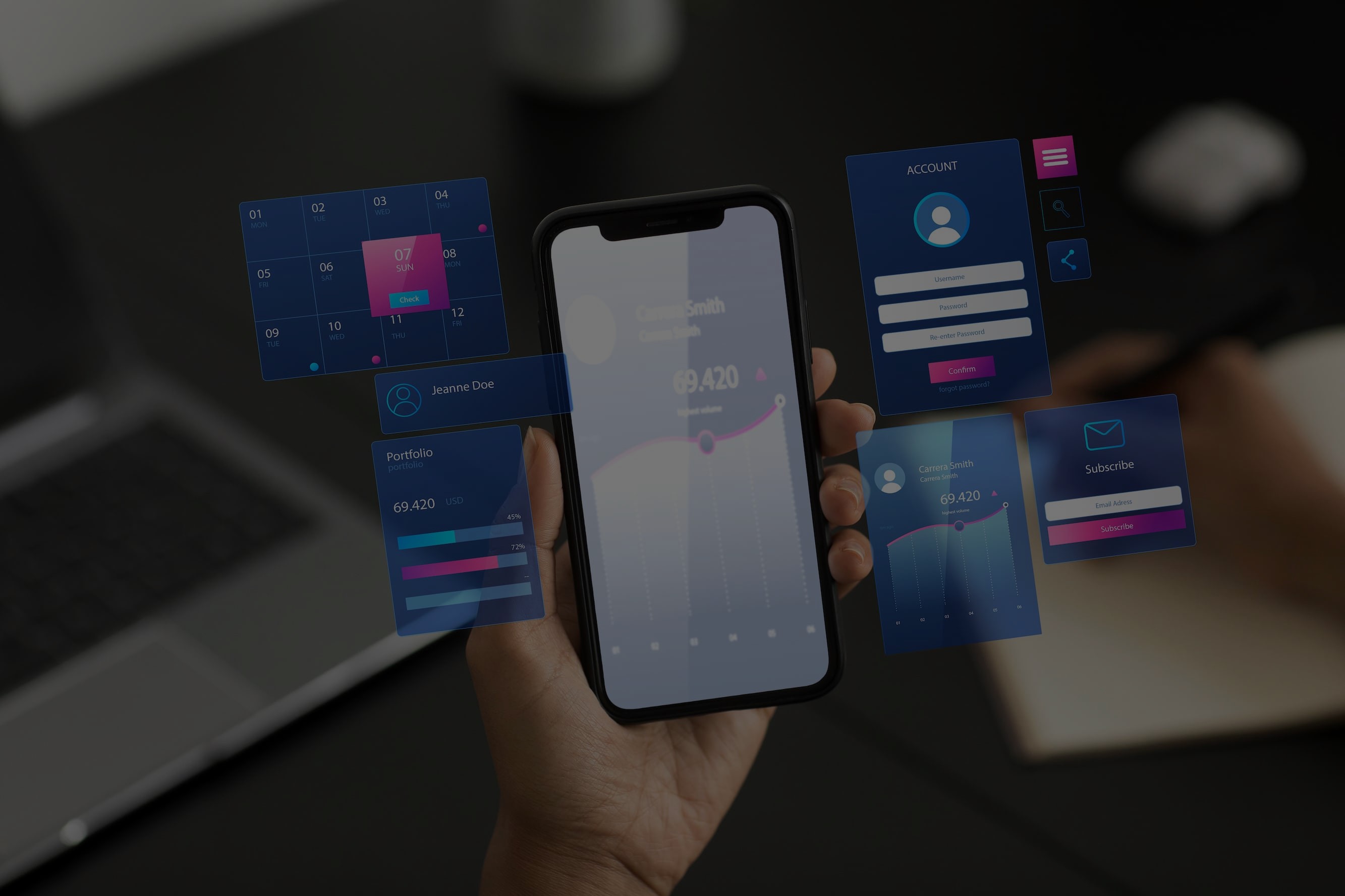

The mobile health apps market has increased dramatically in recent
years. Smartphones and tablets, which people carry with them almost
everywhere, are changing how healthcare is provided through mobile
health apps, which offer greater convenience and access to everyone –
for wellness tracking, telehealth appointments, chronic disease
management, and more. Mobile health apps allow users to track or
monitor health metrics, gather and access medical information, and
contact or communicate with healthcare providers.
Mobile health apps are valuable and important for everyone in modern
healthcare. In recent years, mobile health apps have become very
important as they enable personalized health management, communication
between patients and healthcare providers, remote monitoring, and
more. They are the key to improving patient care, enhancing health
outcomes, and optimizing healthcare delivery. The future of healthcare
looks bright with the continuous incubation and development of new and
effective mobile health apps. However, developing such an app requires
careful balancing of several elements, such as user experience,
compliance with regulations and standards, data security, and
functionalities.
In this article, we summarize best-practice instructions and essential
considerations in mobile health app development for those interested
in designing and building successful apps: whether you consider
yourself an app developer, healthcare professional, or entrepreneur,
your understanding of these principles will guarantee the development
of mobile health applications that are innovative, user-friendly,
secure and compliant with regulatory requirements. We will outline
some essential recommendations and insights into the design and build
of mobile health apps to address some common pitfalls, and we will
attempt to peer into the future of health tech.
Identifying core functionalities based on target user needs - If you were planning to build an app to help users manage their chronic conditions, then at a minimum it should have features that allow them to track their specific symptoms, have reminders for their medications (time-and-drug-specific), and educate them on the particular condition they are managing. It is difficult to see how a chronic conditions app could be of meaningful value without first getting these core functionalities right.
Balancing Functionality with Usability - The app should do a lot, but it must be used for. Feature bloat is the bane of technology; features should provide functionality and be easy to use. You should find and fix design issues through usability tests that help you spot blockers to use before they become frustrating to real users.
Balancing innovation with user-centered design and regulatory requirements to create apps that meet user expectations and add value to healthcare outcomes can be a challenge. This is achievable with care and attention to discovering user needs and preferences, achieving regulatory compliance, providing essential features, and maintaining data security. Market needs, platform support, ongoing user engagement, and partnerships with healthcare providers all factor into success. The rapidly changing nature of mobile health holds both challenges and opportunities. To be innovative and to take advantage of these opportunities, balancing innovation with user-centered design and regulatory requirements is essential.
Privacy Policy
© 2025 All Rights Reserved